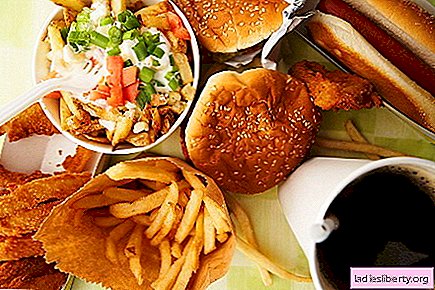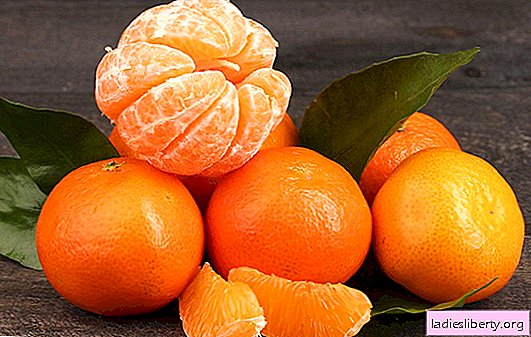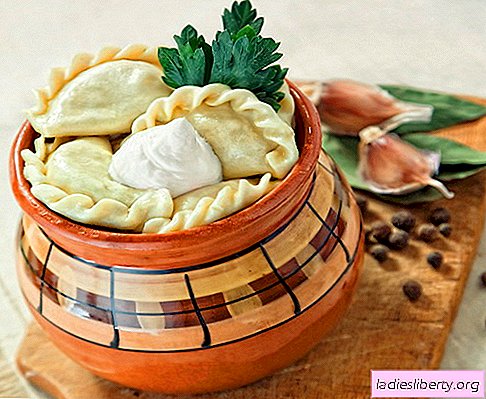
In diabetes mellitus, it is generally recommended to exclude carbohydrate products. In fact, if you choose high-quality products and know their measure, you can diversify your diet with some fruits and vegetables.
Melon has long been considered not only useful, but also a medicinal product. Its unique composition allows you to use this fruit in diets for various diseases, use only one melon in a fasting diet or for weight loss.
The beneficial composition of melon
Melon in diabetes is a mixed product. To understand whether melon is possible with diabetes, it is important to understand what is included in its composition and in what quantities useful substances are contained. Melon contains:
· Almost 90% of water;
· About 20% of carbohydrates (40% of them are represented by fructose);
· A set of essential vitamins, micro and macro elements;
· A large amount of fiber and dietary fiber.
Important indicators for calculation
100 g of product contains an average of 39 kcal and 1 bread unit (1 XE) is a conditional term used to calculate the consumed carbohydrate products for diabetes. 1 XE raises the amount of blood glucose by 2 mmol / L. For melon, 1 XE is a piece with a peel weighing 100 g (the average collective farmer melon is taken).
Bread unit
For 1 XE, a slice of bread from a standard loaf 1 cm thick is taken. The daily norm of a diabetic is no more than 15 XE. Given this indicator, the daily diet of the patient is compiled.
Glycemic index
Another important indicator is the glycemic index (GI). It determines the rate at which glucose enters the bloodstream immediately after eating. It is necessary to know it especially with type 2 diabetes. As a rule, in patients with non-insulin-dependent type of diabetes, metabolism is impaired, they are obese, having increased body weight. Therefore, it is important for them not only to comply with dietary table No. 9 for diabetes, but also to calculate their diet in such a way as not to increase even more body weight. The higher the GI of the consumed product, the sharper the feeling of hunger, the greater the appetite after eating.
According to the calculations:
· Dietary products include GI up to 50 units;
· With a GI of up to 69 units, the product is allowed to be consumed no more than three times a week in an amount not exceeding 100 g (200-300 g can be eaten individually by recommendation of an endocrinologist);
· GI> 70 is accompanied by a sudden increase in blood sugar (high hyperglycemia occurs) and a sharp deterioration in the patient's condition;
· GI = 100% in pure glucose, the calculation is from this indicator.
GI is determined by special tables.
The lower the GI level, the easier it is to control glycemia. This is due to the dynamics of glucose uptake in the body. In diabetic products (when GI <50), glucose breaks down slowly with a gradual smooth release of energy (glucose is one of its main sources in the body). During the time spent on the digestion of such a product, the body manages to use the allocated energy reserve. Therefore, sharp jumps in blood sugar do not occur: its amount remains stable, at approximately the same level.
When using foods with a GI> 70%, the absorption of carbohydrates in food occurs at such a high rate that even with very high physical exertion it is impossible to use the energy released from glucose oxidation reactions. Therefore, the sugar level in the blood rises abruptly to high numbers, part of it goes into fat accumulations, thereby increasing body weight, increasing appetite - the process goes on in a vicious circle.
Glycemic load
For accurate calculation and selection of products for diabetes, a third indicator is used - glycemic load (GN), which reflects the effect of eaten food on the amount of glucose in the blood. There are 3 GN levels that are determined per 100 g of each product:
· Low level - up to 10 g of carbohydrates;
· Average - 11-20 g;
· High - more than 20 g.
GN is calculated by the formula:
(GI x the amount of carbohydrates contained in 100 g of the product): 100. Using it, you can calculate the approximate GN for each carbohydrate product.
Melon Utility Indicators
Based on these indicators that every patient should know, melon:
· GI is 69%;
· GN - 20%;
· Calorie content of fresh melon - 39 kcal per 100 g of product (low);
· Calorie content of dried melon - 351 kcal per 100 g (very high).
Correction of indicators for the first and second type of diabetes
The first 2 indicators are average. This means that the concentration of sugar in the blood rises moderately after its use, and the duration of hyperglycemia is short. According to such calculations, melon in diabetes can be consumed no more than twice a week, as an exception, no more than 100 g at a time. At the same time, you should limit other familiar carbohydrates (for example, potatoes, semolina or other porridge, fruits) with medium and high GI.
This applies to the diet for the second type of diabetes, when there is no way to quickly adjust the level of glucose in the blood with errors in the diet.
In the first type of diabetes mellitus, when the patient receives insulin, all glucose excesses are normalized with additional administration of insulin. Each patient knows the amount of insulin his body needs to break down 1XE. Therefore, when the question arises: is melon possible in diabetes, the answer is positive in its insulin-dependent type. Patients should strictly adhere to the ratio of carbohydrates consumed with physical activity and the amount of insulin taken.
The benefits and harms of melon carbohydrates
In addition to glucose (2.2 g), the total composition of carbohydrates contained in melon includes fructose (6 g) and sucrose (9 g). The quantity depends on the melon variety.
This has a positive effect on the incretory (internal) function of the pancreas, since when melon is consumed, insulin is released only in the amount necessary for the resulting glucose. Fructose and sucrose do not stimulate insulin production. But fructose is not completely harmless to the body. When consuming foods with its high content, the pancreas suffers less, but the excess fructose is quickly processed and stored in the form of fats. For example, 90 g of fructose eaten daily leads to obesity, and with prolonged regular use of large quantities of it, diabetes can develop in a completely healthy person. Moreover, the rate of its assimilation is so high that after a while there is an acute feeling of hunger. In the aggregate, all its properties with a constant presence in the diet lead to negative consequences.
When and how to eat melon for diabetes
In this regard, the time plays a role when melon is eaten in diabetes. It is recommended to include her diet in the morning. Its use should not coincide with the main meal, in order to avoid joint digestion with other products and not cause an increased process of fermentation in the stomach and intestines. If this happens, nausea, flatulence appear, there may be vomiting, diarrhea.
But even on an empty stomach you can’t eat melon because of the contained fructose. Diabetics, given the glycemic index of the product and the fairly rapid breakdown of its components, it is recommended to eat melon with bread in order to prevent a sharp drop in blood glucose after the initial high jump. In this case, differences in blood sugar will not be so critical - because of bread, the sugar level will decrease slowly and smoothly. You can avoid the deterioration of the condition, as well as the sharp appearance of an unbearable feeling of hunger and high appetite, which leads to obesity even in those who have not suffered before.
To get the maximum amount of useful elements from a melon, you can’t even wash a melon with water, and even more so, combine it with alcohol, milk, and lactic acid products.
To control blood sugar, patients with diabetes should keep a diary where carbohydrates eaten, their amount, time of use and blood glucose are noted. The presence of such a diary allows you to see and correct eating disorders that led to an increase in sugar. The main goal of the dietary table for diabetes is the compensation of the disease, which is the main condition for the well-being of the patient.
The question whether melon is possible in diabetes is decided individually by the endocrinologist in each case, based on the objective status of the patient and blood sugar indicators. Useful properties of melon, its saturation with vitamins and minerals, low calorie content, high amount of fiber and pectin contained in it, lack of cholesterol put melon in a number of useful dietary products, given its diuretic, laxative effect, ability to quickly remove toxins, sand, tiny stones, cholesterol . When you include melon in your diet, you need to remember that everything needs a measure so as not to harm. The diagnosis of diabetes is serious with its serious complications, so any doubt about nutrition should be resolved by the doctor. The patient is required to follow his recommendations.











